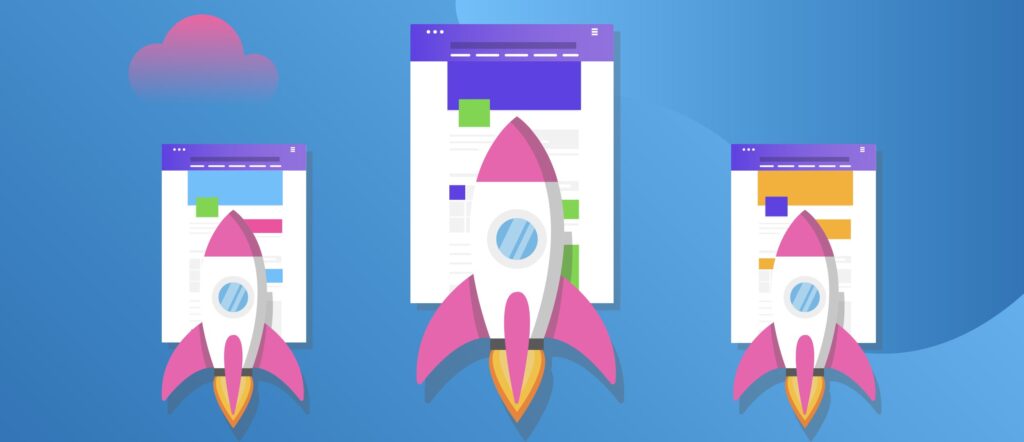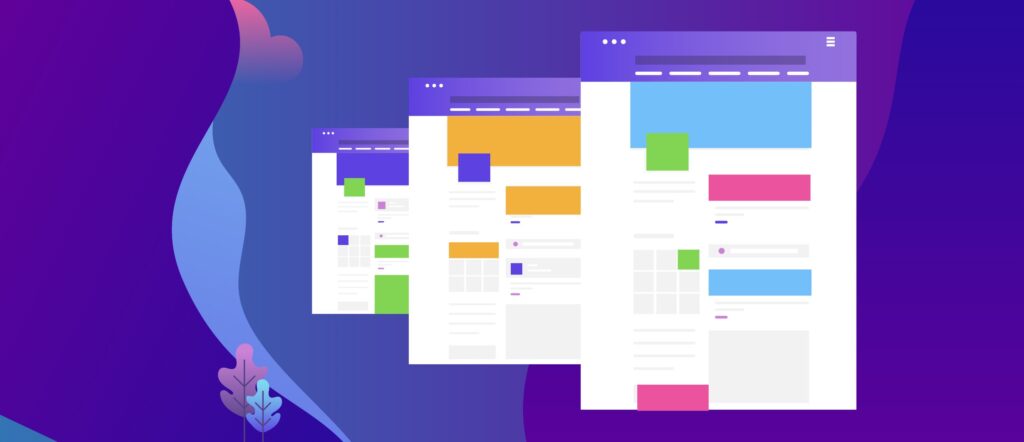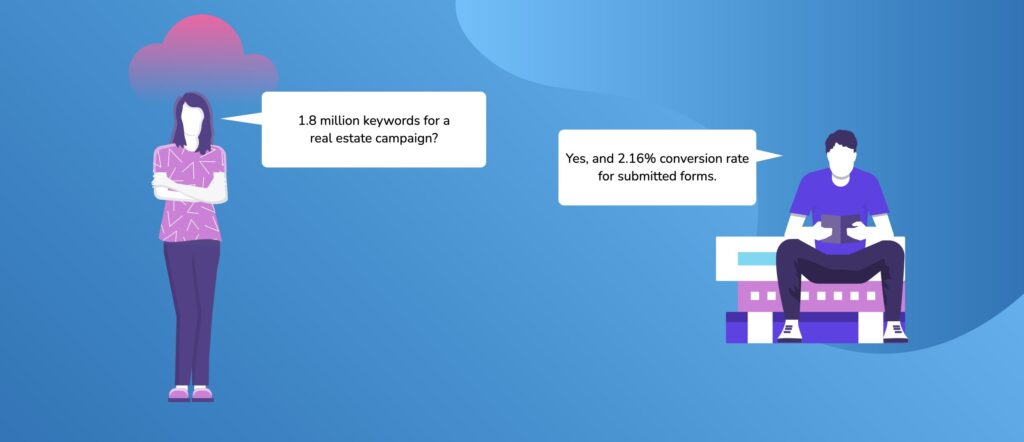
What Is The Conversion Value Of Customers Who First Of All Only Want To Inform Themselves?
There is huge potential in the world of informational search queries, but the SEA world has so far been very reluctant to take advantage of it. Why is that? In this article, we want to explore this question and not only explain why the conversion value of an informational search query is much more difficult to measure. We will also analyze why it has been generally difficult to achieve high-performance conversion values in this sector.
Search intents and why to focus on them
Google essentially distinguishes between three different types of search intent in its search queries: Transactional, navigational and informational. The transactional segment has always been a particular focus for advertisers, as searchers in this area are already furthest along in the funnel, i.e. close to the desired goal, e.g. the sale or the lead. Consequently, successful conversions can be achieved most easily here, which is usually reflected in the rather generic nature of ads and landing pages. However, in addition to the navigational sector, whose keywords are composed of the service/product being searched for, as well as the indication of a specific or unspecified location, the informational sector stands out, which, according to a study, accounts for 80% of all search queries registered on Google.
What characterizes informational search queries?
The key difference between transactional and informational search queries, in a nutshell, is that users with the latter are not directly looking for products or services. On the one hand, they may be people who simply want to expand their knowledge on a topic without having any purchase intention in mind at all. The conversion value for this segment is minimal for advertisers, whose ultimate goal is to increase sales, if one disregards indirect effects through increased awareness, of course.
However, people who are looking for information that can support them in the subsequent purchase decision process and lead to a more informed purchase decision, are already much more interesting. If you feed these people with the right information for their search query, their trust is high and consequently the incentive to seek information from other sources is lower. The investment in purely meeting the need for information in the first instance can therefore be well worthwhile at a later stage, especially as this need signals an increased involvement of the potential customer with the product, thus preparing the ground for close customer loyalty in the long term.
Problems with the correct addressing of users in the informational area
However, the preceding classification and the resulting insight are truly not new. So what are the problems, which causes the informational sector to be treated superficially at best in the SEA world?
In principle, two main problems can be noted: First, the two types described are difficult to separate from each other – so a portion of unusable bycatch is usually pre-programmed in the SEA campaign. In addition, the spectrum of informational search queries can quickly reach dizzying proportions, especially for products and services that require in-depth explanation. However, in order to feed informational searchers precisely as described above, you would not only need a tailored ad for each search query, but also an equally tailored landing page.
Consequently, both problems can be solved by reaching the entire spectrum with as little effort as possible while maintaining high quality.
How lyftyfy generates customized landing pages for every search query
The ads architecture of lyftyfy now offers this possibility for the first time and generates fully automated an own individual landing page for any number of search queries. Different content blocks can be used on keyword level, so that they are only delivered for certain search queries. In this way, the landing pages, although created automatically, look handmade to visitors – low effort paired with high quality is therefore guaranteed.
For example, a user searching for “hearing aid Bonn” will receive a content block with a picture of the store in Bonn, including directions to the store, while a user searching for “Bluetooth hearing aid” will instead receive a detailed list of the best-selling Bluetooth hearing aids and their advantages and disadvantages. Finally, the user searching for the combination, i.e. “Bluetooth hearing aid Bonn”, simply gets both.
Awakening the conversion potential in the informational sector
Users addressed properly this way in their entire range can therefore very well have a significant conversion value for companies, even if they only want to inform themselves for the time being. Of course, this may not apply to everyone – but the sleeping giant of the informational sector offers enough space for tailored answers to search queries with later conversion potential.
The keyword here is “user experience”: the high relevance of ads and landing pages, especially for more specific search queries, improves this noticeably, resulting in significantly longer page visits and interaction rates, for example. Consequently, far more is possible with precisely tailored landing pages than just quick sales and leads – they can mark the beginning of a long-term close customer relationship. Strictly speaking, the conversion value of customers who initially only want information is still zero. However, by now providing a perfect answer to the search query, the chance of the user returning, including a subsequent conversion, increases significantly. In addition, lyftyfy can do both: because after two or three informational campaigns, the lead campaign finally comes through this ads architecture as well – with the advantage that the users already know who they are getting involved with. Significantly higher conversion rates at the end of the funnels of these campaigns are therefore pre-destined.


